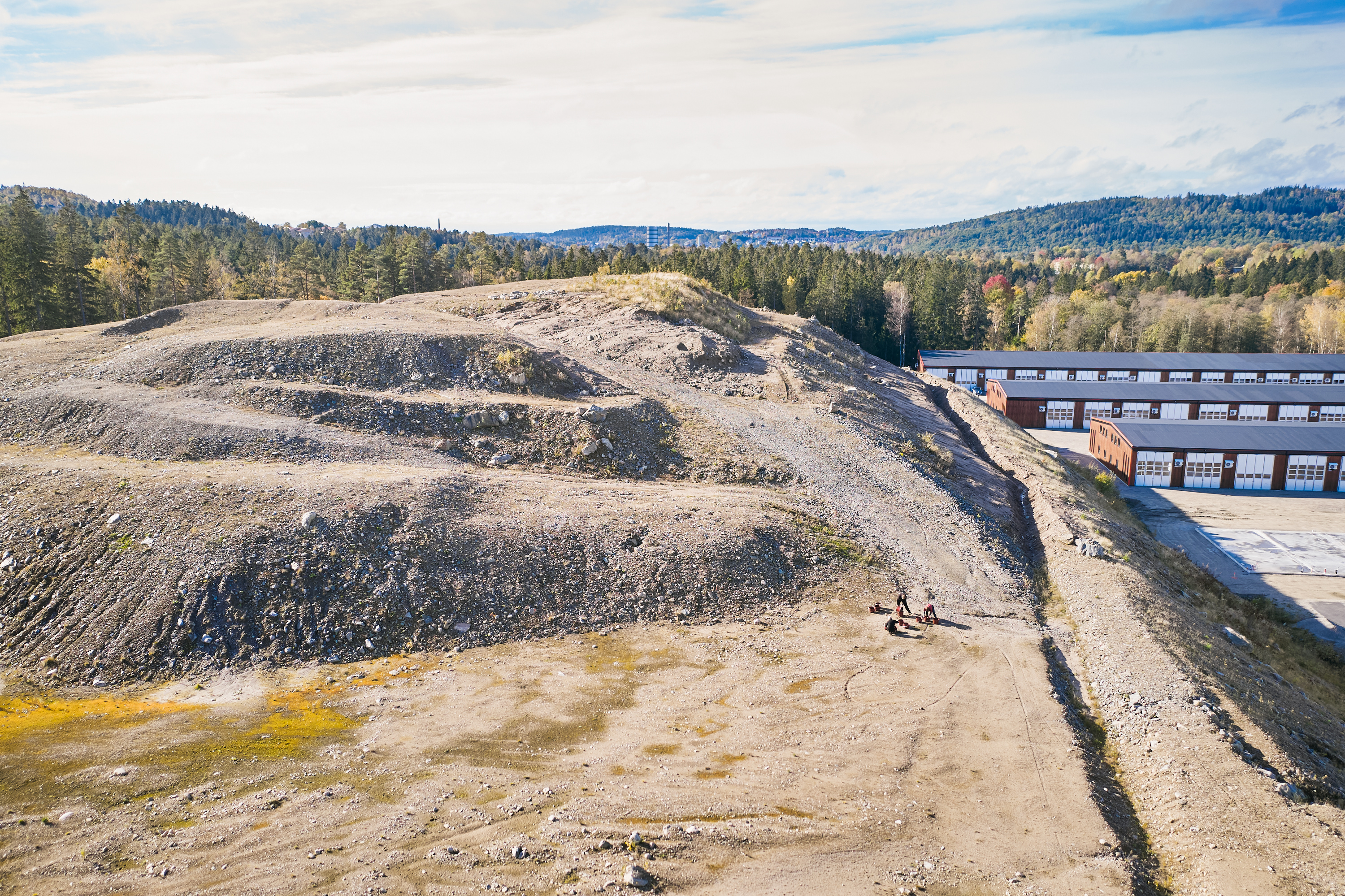
Biodiversity

Catena has set the sustainability goal that our entire property portfolio will be net positive in terms of biodiversity by 2030. This means that Catena should be able to demonstrate a more positive than negative impact on biodiversity in all our properties. Biodiversity refers to the richness of variation found among living organisms and natural environments, and it is a prerequisite for all life on Earth.
One of the greatest threats to biodiversity is changed land use, where many organisms' natural habitats shrink due to human impact. Catena has a significant impact by taking land into use, which makes our goal a major challenge. At the same time, we see no other way forward – biodiversity, together with the climate issue, is crucial for our future.
Carefully planning the design of a property and taking into account the conditions for animals and nature early in a new construction project creates opportunities to increase the natural assets of the property. Even on existing properties, there are great opportunities to enhance biodiversity early in the process. A well-thought-out environment around the property also serves as a long-term quality assurance, making the property more resilient to, for example, extreme weather.
Our handbook for measuring biodiversity
We have developed a handbook that describes how we work to measure and preserve eco-efficient surfaces. It also includes practical information – about why it’s important to work with biodiversity, examples of what you can do in existing properties and new development projects, and how you can follow up and evaluate your efforts.
The handbook is based on a green area factor (GYF) calculation. GYF is an accepted planning tool that reports the proportion of green space in relation to hard surfaces within a property or area. It also measures and ensures that green qualities are achieved and/or preserved during construction.
Examples of what we do
At our properties, we consider areas with different types of vegetation and character, such as pasture, wetland, woodland, grove, meadow, dry meadow, rockgarden, forest edge and erosion slope. Ponds, trenches and wetlands filter and purify water from pollution. They also prevent floods, erosion and drought.
We also create microclimates through birdhouses, beehives, cultivation areas, insect hotels and fauna depots.
At logistics facilities, there are often larger asphalt surfaces. These can often be used in a better way and it's possible to work with different types of permeable coating. These can often be used more efficiently and different types of permeable paving can be used.
Biodiversity benefits everyone
Systematic work with biodiversity will not only benefit the environment. It also results in a more pleasant working environment and a more attractive workplace. By taking overall responsibility as a property owner, we create the conditions for the tenants in our properties to be able to work as sustainably as possible.






